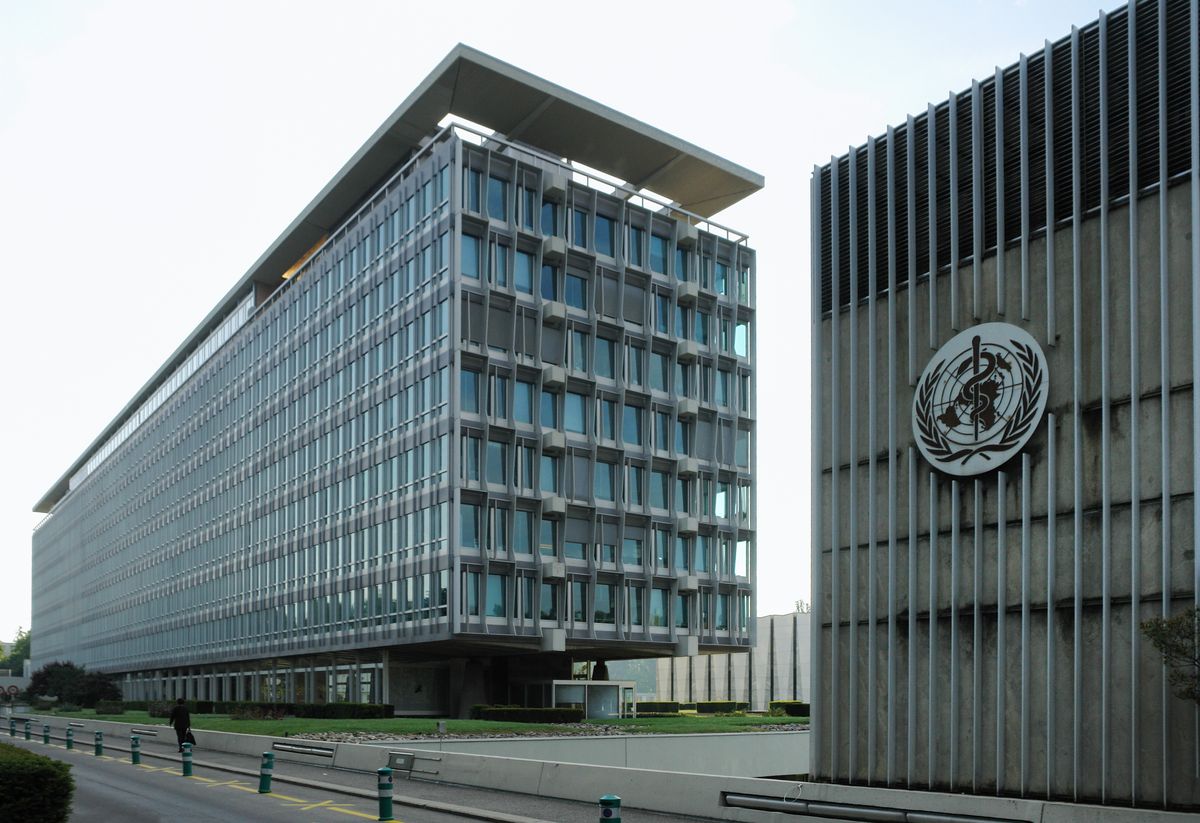How Does the World Health Organisation (WHO) Operate?

The World Health Organisation (WHO) is an organization that works to promote global health and prevent infectious diseases. This organization receives funding from many donors, including the U.S., which has historically been one of the largest donors to WHO. U.S. funding has ranged from $200 million to more than $600 million a year in the last decade. However, in 2020 the Trump administration suspended financial support for WHO and started the process of withdrawing from the organization. However, the Biden administration reversed this decision and began to fund WHO again in January 2021.
Vaccines are being artificially rationed.
Vaccines are a vital part of the treatment of many diseases, and a recent survey by the People's Vaccine Alliance has shown just how important they are for developing countries. However, several rich countries are actively defending the monopolies of pharmaceutical giants, making global vaccine supplies artificially rationed. This results in a lower vaccine coverage rate in many parts of the world.
The world health organization is putting pressure on the pharmaceutical industry to deliver more vaccines to the developing world to address the problem. Big corporations like Pfizer, Sanofi, and GlaxoSmithKline have pledged to produce 225 million doses of vaccines this year. However, these companies have failed to share their successful vaccine technologies openly, making them unaffordable to many developing nations.
Vaccine composition
The World Health Organisation has set a standard for the composition of vaccines. A change to the composition of a vaccine could decrease the amount of protection it provides. The standard is based on vaccines that use genetically and antigenically similar strains. The WHO also sets a minimum dose for each vaccine. The composition of a vaccine is determined by several factors, including its efficacy and safety.
One of the most common vaccines uses a DNA vaccine. The DNA vaccine carries an antigen and an adjuvant, which induces a protective immune response. The antigenic material is then endocytosed by Dendritic immature cells and presented to CD4+ and CD8+ T cells. The antigen is then associated with MHC1 and MHC2 antigens on the cell's surface.
Costs
The current two-year budget for the World Health Organisation (WHO) is $6.1 billion. A large percentage of this funding comes from voluntary contributions from governments and private partners. Top voluntary contributors include the United States, Germany and the Bill and Melinda Gates Foundation. These contributions are often allocated for specific initiatives. Because the WHO relies heavily on these donations, it must align its goals with those of its donors.
The WHO has been under fire from the Trump administration because it slashed polio funding, a program that has long bolstered the organization's effectiveness. Because WHO depends on international funding for immunization and surveillance, the decision to cut it will likely harm the organization's ability to meet its mission.
Access to vaccines in low- and middle-income countries
Access to vaccines in low and middle-income countries faces several challenges. One of the biggest is the lack of adequate transportation for vaccines. Some vaccines must be transported by motorbike because roads are too poor to accommodate large vehicles. Keeping vaccines at a steady temperature in these vehicles is difficult. In some places, health providers must cross rivers and unmaintained roads. In addition, poor road networks often lead to floods, which wreak havoc on transport and distribution.
In addition, disparities in vaccination rates persist. Only 20% of low-income countries have reached the goal of providing at least one dose of vaccination to their populations. By mid-2022, the goal is to see 70% of the population receive at least one dose of the vaccine. To reach these targets, LICs must double their vaccine coverage rate.
Global response to pandemic
The World Health Organisation (WHO) is under fire for its inadequate response to the H1N1 pandemic. While the organization's response to the epidemic was far faster than the responses to the MERS and SARS pandemics, its member states did not match this international response. Those who criticized the WHO's handling of the H1N1 pandemic should ask themselves whether the organization is blameless.
The World Health Organisation (WHO) calls for coordinated global efforts to contain the pandemic. This includes rapid research and development and the development of targeted immediate actions. The organization also recommends that the plan include the needs of regional, national, and local health systems.




